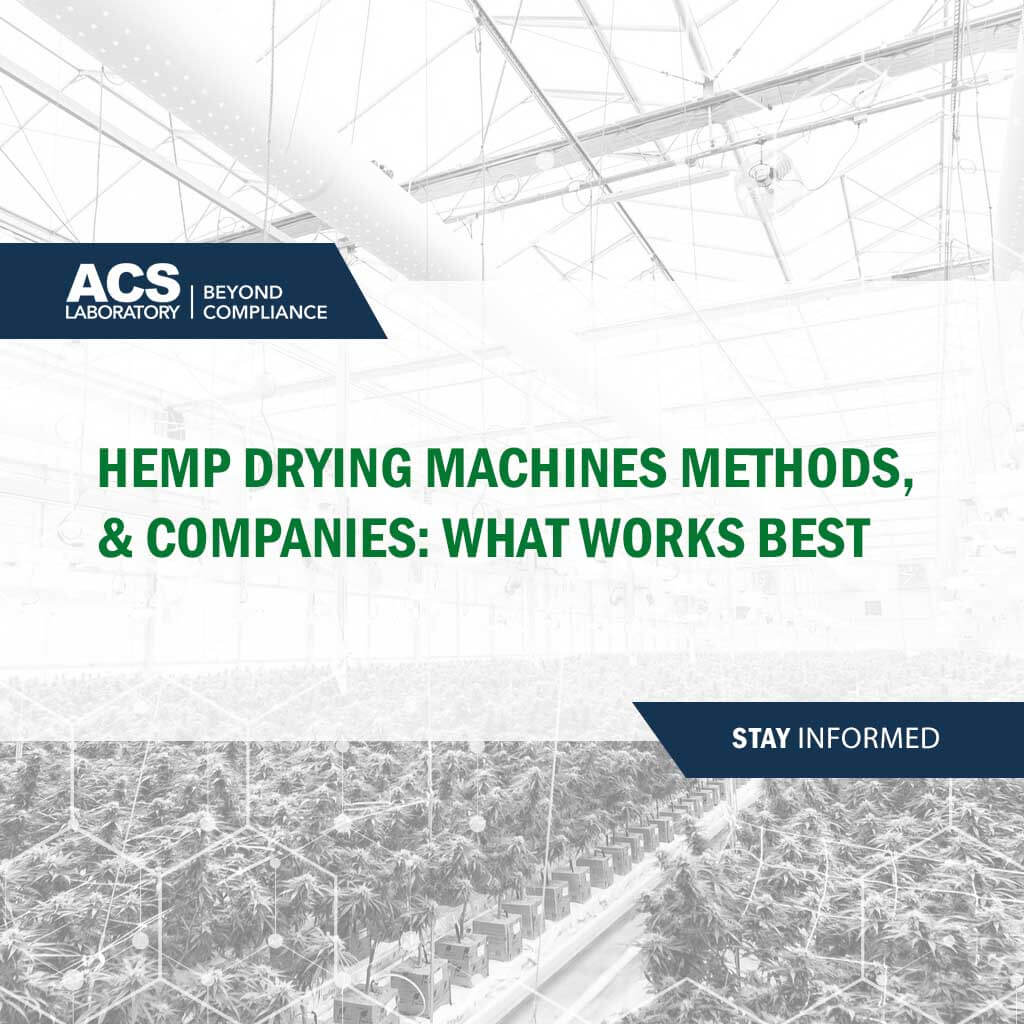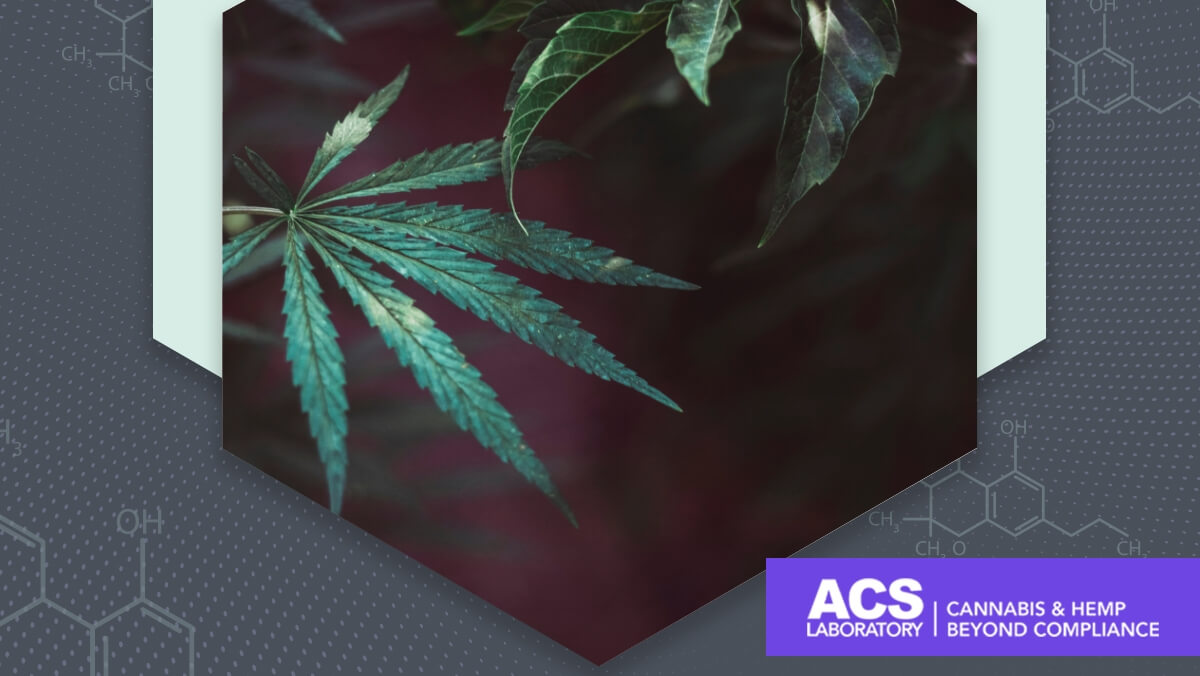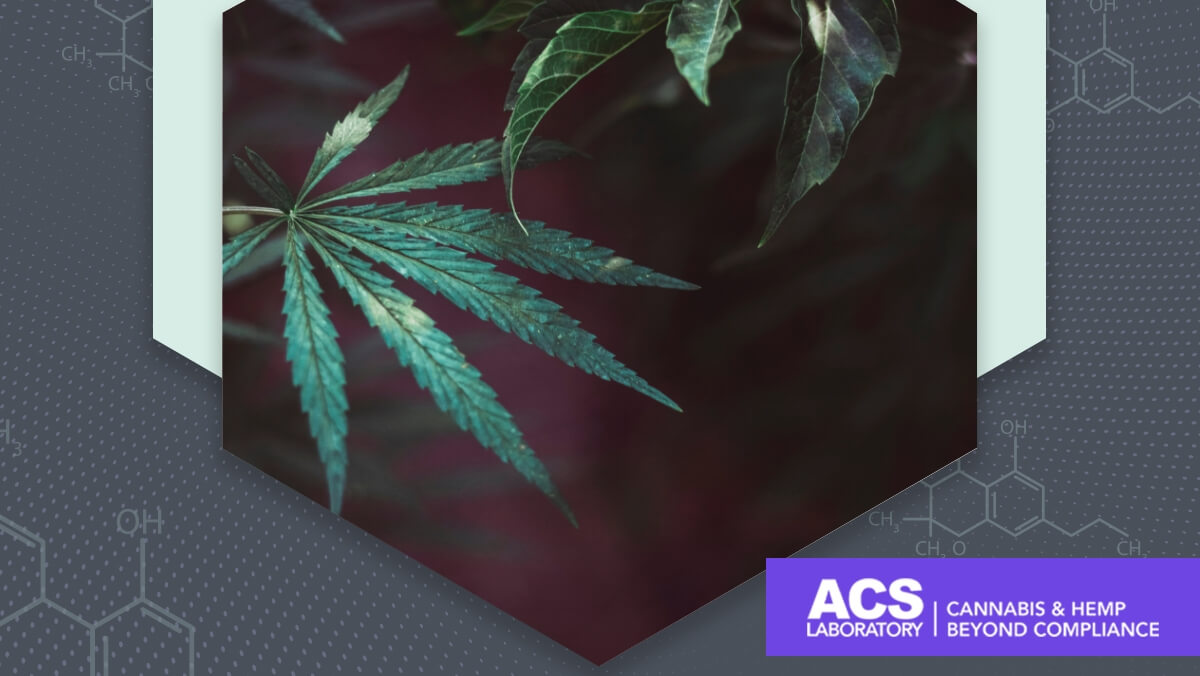In this post:
- How Should I Dry My Hemp?
- What are the Most Popular Drying Machines and Methods?
- What Drying Machine Should I Use for Smokable Hemp Flower?
- How Long Does It Take to Dry Hemp Flower Using Forced Air Dryers?
- What Drying Machine Should I Use for Hemp Biomass Extraction?
- How Long Does It Take to Dry Hemp Using Conveyor Belt Dryers?
- What Should I Ask a Drying Machine Company Before I Make My Decision?

Harvest season is here! Do you know how you're drying your hemp? Whether you're new to farming or suffered less-than-desirable results in the past, it's essential to understand the options you have today.
Dryness of hemp is the most critical factor–aside from CBD oil content–to maximize your biomass or flower quality. You can't afford to get it wrong.
So, what type of hemp drying machine or method should you choose based on your farm size and end product? Here we explore.
How Should I Dry My Hemp?
The answer depends entirely on how many acres you have and what you plan to do with the product.
Small Farms
You may feel tempted to use drying machines for your hemp biomass or flower. After all, machines get the job done significantly faster and are more convenient than hang drying. But according to every expert we talked to, mechanical drying methods ultimately compromise CBD potency, as well as other cannabinoids and terpenes.
"When you're chopping plants to get them in a dryer, then running them at high heat, you are doing everything possible to ruin the terpenes. You're also reducing the CBD concentration, so you'll end up with less yield," said Ryan Kelly, Founder at Mobile Hemp Drying Co.
So if you run a farm less than 5 acres, consider building an indoor drying structure and investing in the labor required to complete this meticulous process.
Large Farms
Manual drying isn't feasible for all hemp producers. If you grow dozens or hundreds of acres, you probably don't have space, overhead resources, or time to hang-dry hundreds of thousands of pounds. Moreover, when you hang-dry, you leave hemp exposed to mother nature's elements for weeks, increasing the likelihood of contamination.
That can be incredibly risky if you live in a humid state like Florida, where mold and mildew contamination is widespread. But Industrial hemp drying machines can cost upwards of a quarter-million dollars. Unless you're a farmer with 1,000 acres and a full turnkey operation, consider outsourcing the drying process to a local hemp processing company.
What are the Most Popular Drying Machines and Methods?
Manual Drying
Hang or Screen Drying.
According to Oregon CBD's step-by-step cultivation guide, you'll need about 5,000 sq. feet of dry room space to hang whole plants. However, if you're shucking the plants before drying, you'll only need a 50'x50' barn, according to Jeremy Sanchez, CEO, and Co-Founder of Honest Pharm Co.
You'll also need to choose between racks, wires, or screens to determine if you are laying or hanging your hemp. Whenever you’re drying in a barn, you’ll also need fans and dehumidifiers to keep air flowing evenly and prevent moisture buildup.

Freeze Drying.
But barns are not your only option anymore. In fact, hang drying hemp in freezers is becoming more popular as the technology evolves to protect hemp’s terpene-filled trichomes.
But this isn’t your grandmother’s freezer. North Slope Chillers apparatus quickly freezes flowers, transforming the water into ice crystals. As soon as the crystals form, the presser inside drops to create a vacuum for “sublimation drying.”
That sublimation is later pulled into a colder condensation unit, leaving behind freeze-dried flower that retains its color, flavor and texture.

Rotary Drum Dryer
According to Kelly, rotary dryers work in a similar way to clothing dryers. When you add plant material to rotary dryers, they use heat to dry hemp as it rotates around. Rotary machines significantly reduce drying time by processing thousands of pounds per hour at temperatures ranging from 100 to 200 degrees Fahrenheit.

Belt or Conveyor Dryers
Belt dryers are generally shipping containers that hold a series of conveyor belts. As the hemp moves from one belt to the next, the plant material drops off and mixes around for a more even dry. Similar to rotary drum dryers, belt dryers generally operate at about 100 degrees Fahrenheit and higher.

Forced Air Dryers
Forced air dryers–like Ryan's Mobile Hemp structures–blows air through 53-foot trailers at 40,000 cubic feet a minute. This method increases the low humidity airflow at relatively low temperatures using a propane burner to dry the incoming air. This process ensures the temperature never exceeds 80 degrees.
"By drying the air as it comes in, we avoid the heat damage you get from the belt and rotary dryers," said Ryan.

What Drying Machine Should I Use for Smokable Hemp Flower?
If you are growing 5+ acres of smokable hemp flower, you may want to consider a company that uses forced air dryers. "The temperature never goes above 80 degrees to be sure we don't smash the trichomes that contain volatile terpenes or cannabinoids," said Ryan.
Forced air drying takes much longer than belt and rotary dryers due to the lower temperature at which they operate. But if you want to preserve your plants' color and therapeutic profile, this may be your best option.

How Long Does It Take to Dry Hemp Flower Using Forced Air Dryers?
According to Ryan, you'll wait about 36 hours to dry 2 acres of hemp. This process is slower than rotary and belt dryers but infinitely faster than hang drying, which takes several weeks.
What Drying Machine Should I Use for Hemp Biomass for Extraction?
If you're growing hemp biomass for fiber or CBD extraction, you don't need to preserve color and terpenes. You're probably more concerned with time and efficiency. If that's the case, you'll want to work with a drying company that employs a rotary, belt, or other high-heat drying method like Honest Pharm Co.
How Long Does It Take to Dry Hemp Using Conveyor Belt Dryers?
The answer will vary slightly based on the drying company you choose and whether they dry clean, chopped flower or the entire plant. Sanchez said his rotary machines dry 800 acres of pure plant material in a day using 8 million BTUs of heat across four dryers.
What Should I Ask a Drying Machine Company Before I Make My Decision?
When choosing a hemp drying company, you must review the budget, the scope of services needed, the end product, and the capabilities of the company you're considering. Before making your decision, ask the following questions:
- Do you offer bucking services to strip the flower off the stalk?
If you're not bucking the plant yourself, you'll want to work with a hemp drying company that offers this service before drying the biomass. If the company doesn't provide bucking services, they may be charging you by the pound for stalks you don't need.
- How do you charge?
This question is critical. "Some companies charge by the wet pound, which makes absolutely no financial sense," said Jeremy. Look for companies that charge by the dry pound only.
- At what temperature do you dry the hemp?
If you're looking for the highest yield of terpenes and cannabinoids, look for dryers that run at less than 90 degrees. However, if you're primarily concerned with maintaining cannabinoids like CBD for extraction, the temperature can be a little hotter.
According to Jeremy, 104 - 114 degrees is your sweet spot. Anything above that temperature may not be conducive to the highest yield of CBD.
- How many pounds can you dry per day?
Make sure the hemp drying company has the capacity to process your loads in a timely manner.
- Do you mix hemp from multiple clients in a single dryer?
Industrial sized processing companies often mix hemp biomass from multiple farms to ensure they're getting the highest output from their machines. This strategy is excellent for their business but bad for yours if your clients expect precise cannabinoids or terpenes potency.
- What does the dryer have in terms of risk mitigation/loss prevention?
Hemp drying is not a set-it-and-forget-it endeavor. It requires strict monitoring to get the best results. When you ask about risk mitigation, listen for answers like smart temperature controls, event heating, hydrometeors, and humidity sensors. -
Bottom Line
Correctly drying your hemp is key to ensuring a profitable end product. If you're unable to dry manually due to the size and scope of your operation, make sure to do your due diligence on the drying machines, methods, and companies who you're entrusting with your harvest. The choice can make or break your harvest.

About ACS Laboratory
At ACS, we test hemp at every stage of its harvest cycle for 38 terpenes, 17 cannabinoids and 15 flavonoids to confirm the complete flavor, fragrance and therapeutic profile of the plant. We also test for molds, mildew, heavy metals and pesticides to guarantee products are clean and safe for consumer use.
ACS Laboratory’s 20,000-square-foot, state-of-the-art facility is located outside of Tampa, at 721 Cortaro Dr., Sun City Center, FL 33573.
For more information, visit acslabcannabis.com or call (813) 670-9157.
Watch this video on what ACS Laboratory tests and read its blog for up-to-date information on cannabis science and lab testing for both the hemp and cannabis industries.



.jpg)





.png)
.png)
.png)
.png)
.png)